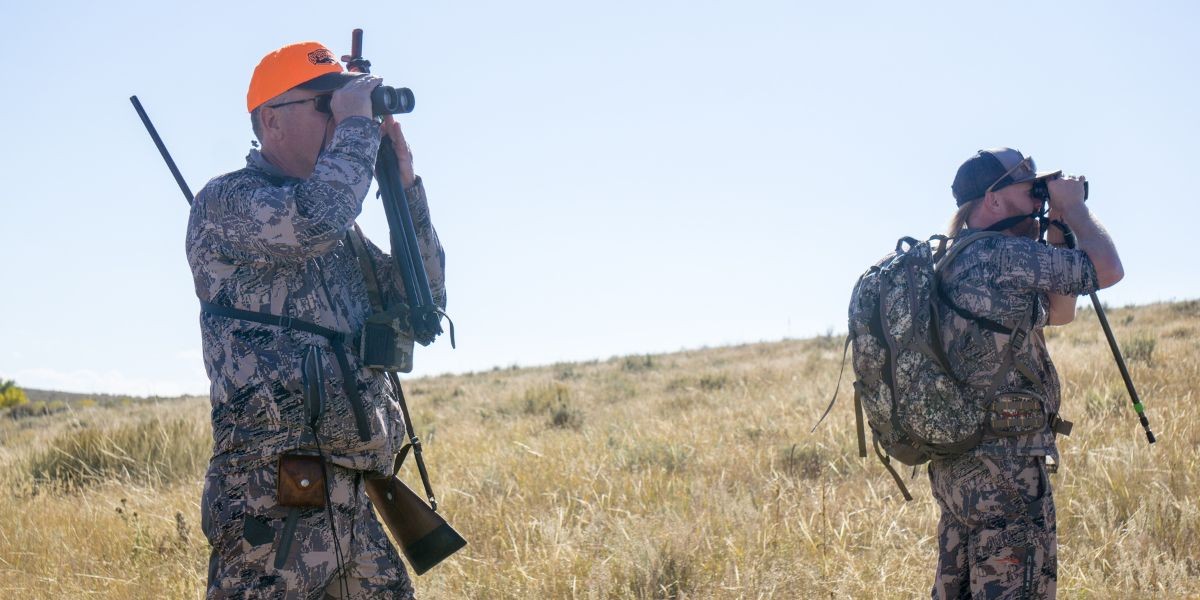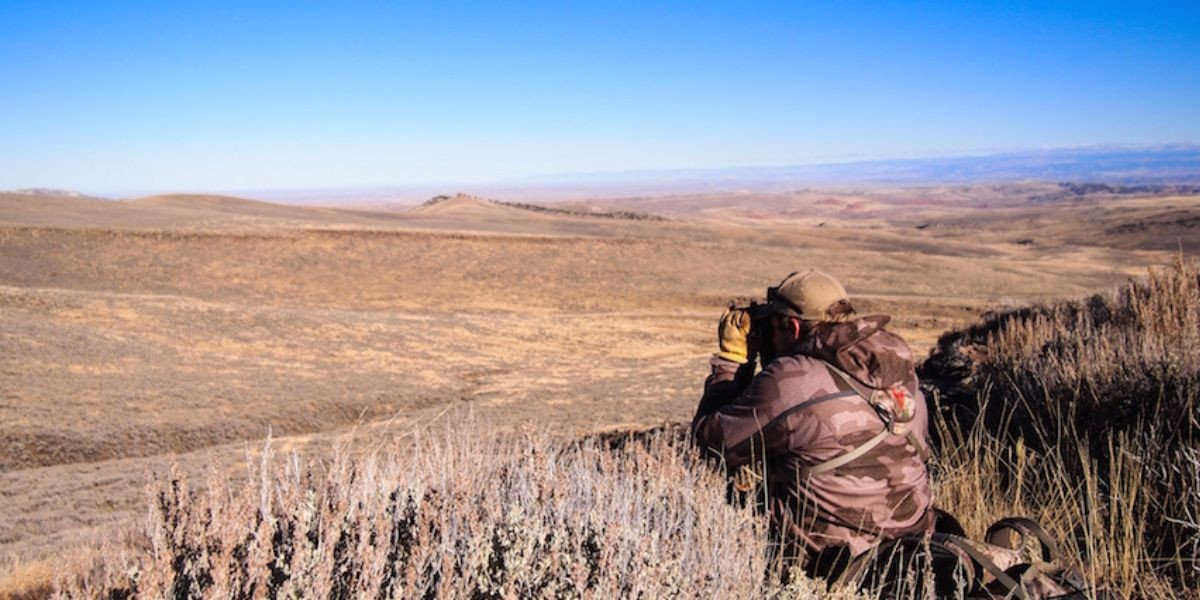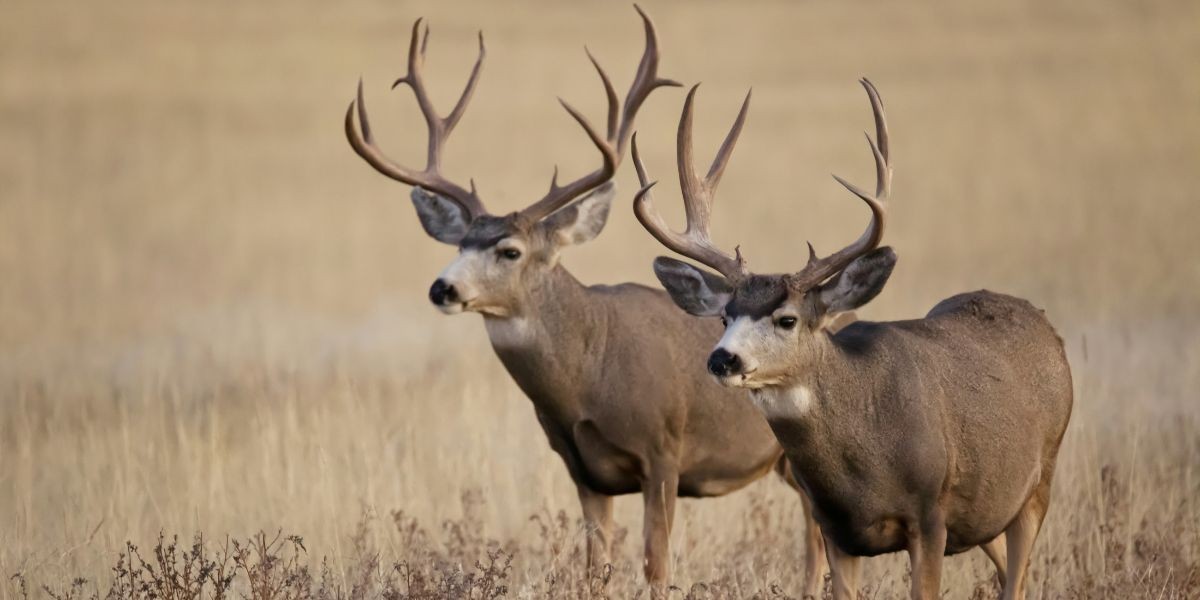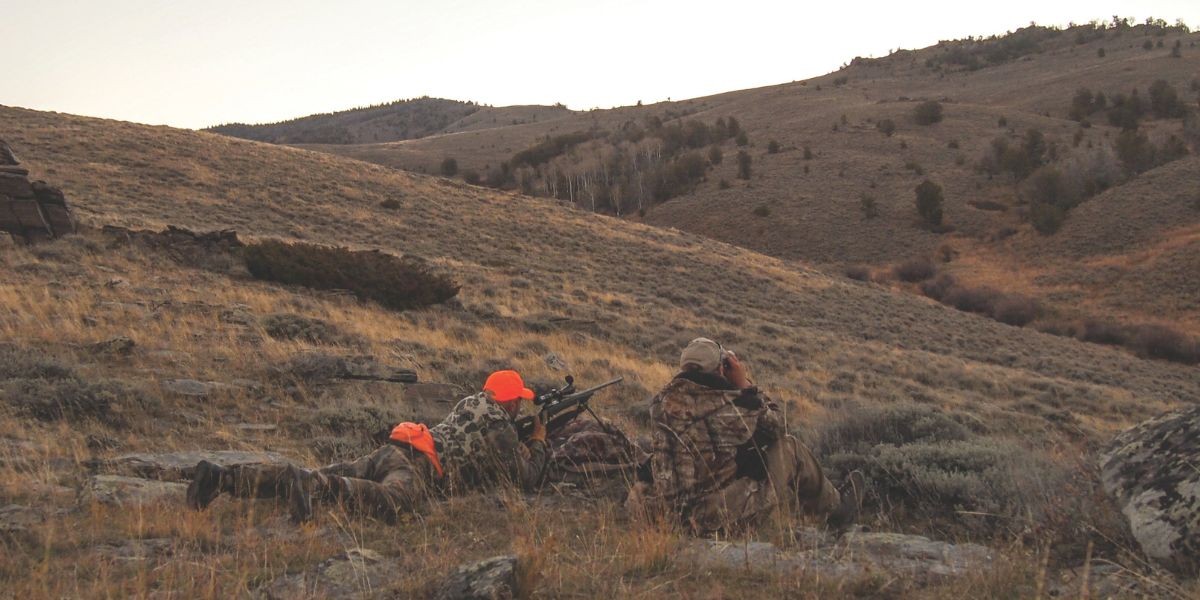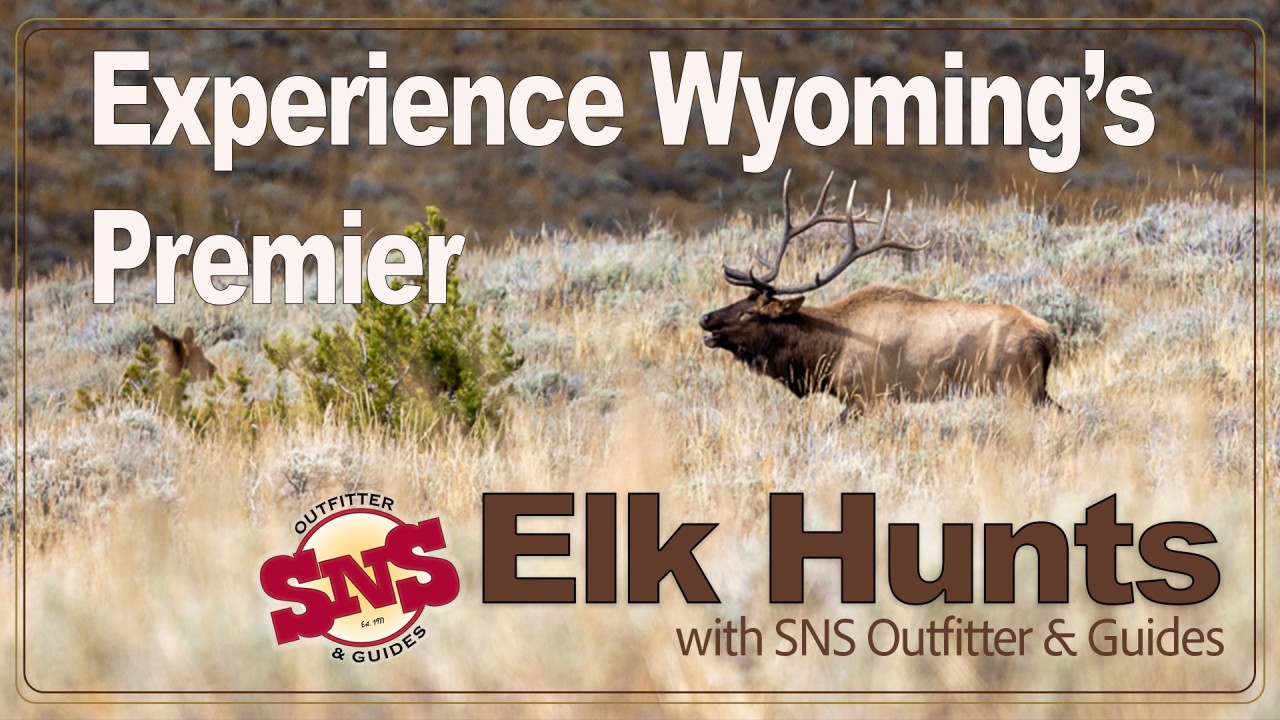Whether you're glassing for antelope in the open plains, spotting mule deer in the high country, or chasing elk with a bow, one thing remains constant: you’ll be spending a lot of time behind the glass. In Wyoming’s vast and rugged landscapes, quality binoculars give you a serious advantage. Here are three key tips for selecting the right binoculars for your next western hunt.
1. Invest in Quality Glass
Shopping for binoculars can be overwhelming. Prices range from just a couple hundred dollars to several thousand, and every hunter seems to have their own opinion. But it doesn’t have to be complicated.

